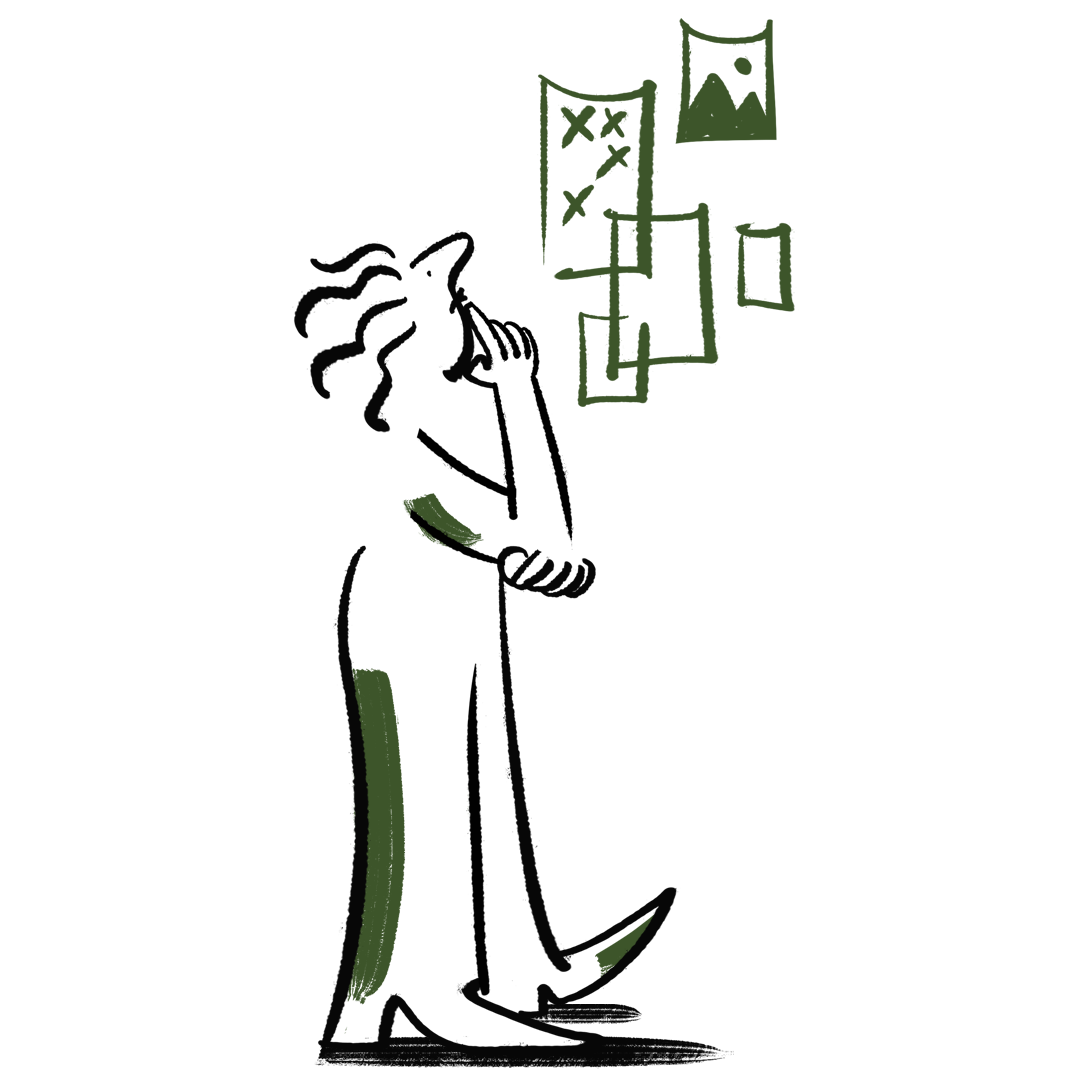Visualize a wider world
13
IRAN ISRAEL CONFILICT
Anti-Israel rally in Tehran following explosions around central city of Isfahan
19.4.2024 by ABEDIN TAHERKENAREH
13
DENMARK FIRE
Danish PM visits site of fire-damaged historic Stock Exchange building in Copenhagen
19.4.2024 by Martin Sylvest
23
PAKISTAN ATTACK
Suicide bomb attack targets vehicle carrying Japanese nationals in Karachi
19.4.2024 by REHAN KHAN
4
FRANCE IRAN PARIS INCIDENT
Paris police arrest man following incident at Iranian consulate
19.4.2024 by TERESA SUAREZ
129
USA NEW YORK TRUMP HEARING
Former US president Trump's hush money criminal trial continues in New York City
19.4.2024 by SARAH YENESEL / POOL
40
ITALY G7 FOREIGN MINISTERS MEETING
G7 Foreign Ministers' Meeting in Capri
19.4.2024 by CIRO FUSCO
23
UKRAINE RUSSIA CONFLICT
Kyiv bids farewell to Ukrainian servicemen killed in action
19.4.2024 by SERGEY DOLZHENKO
32
INDIA ELECTIONS
Voting for the general elections begins in India
19.4.2024 by RAGUL KRISHNAN
Friday 19 April
19 Apr
10H00
Gaza Strip / Israel / West Bank
News
published
Developments in the Israeli-Palestinian conflict
19 Apr
11H06
Tagulandang
News
published
Mount Ruang eruption in North Sulawesi
Indonesia
19 Apr
12H00
Johannesburg
News
published
Six accused in the murder of South African Kaizer Chiefs footballer appear at Johannesburg court
19 Apr
12H30
Jaipur, Rajasthan , Chennai
News
published
Voting for the general elections begins in India
India
Our solutions
Choose your perfect plan, pack, or professional.
Picture packs
Basic licenses for digital editorial purposes
Save money with our
Pre-Paid Packages.
Video packs
Basic licenses for digital editorial purposes
Save money with our
Pre-Paid Packages.
Book a Professional
Access our global network of professionals
Ask for a quote
Billed per project
Curated collections
Check out EPA's latest curated collections











